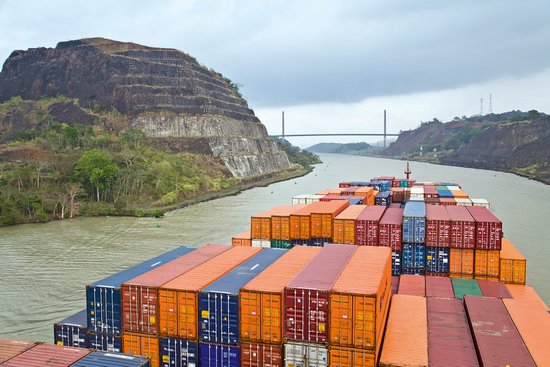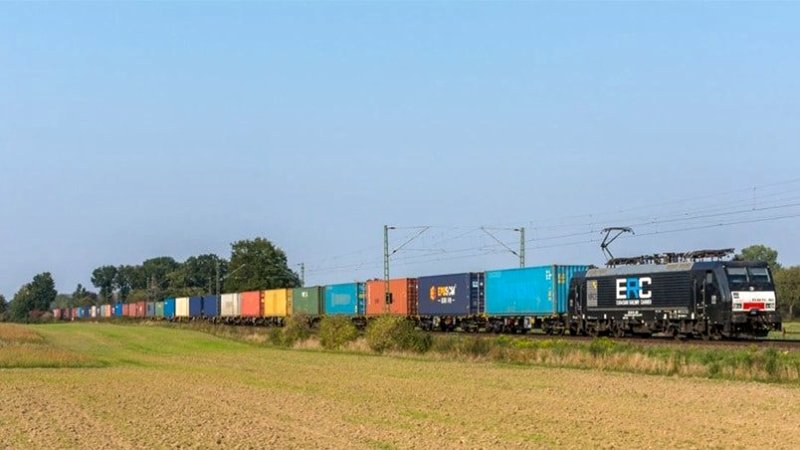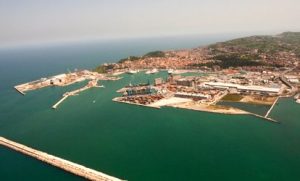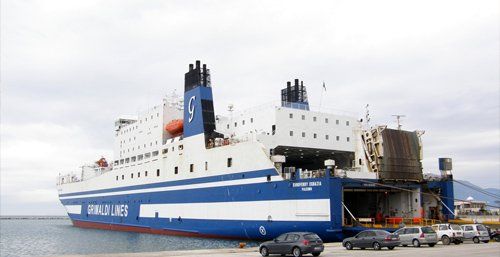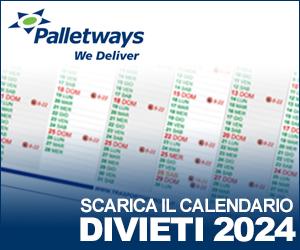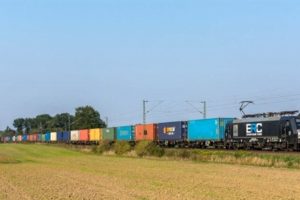On May 24, 2024, DHL Global Forwarding announced the new Conero Box service, a direct maritime container route connecting Italy’s Adriatic regions with China. The Italian terminal is Ancona, while the Chinese terminal is Ningbo, a port city in Zhejiang province on the country’s central coast. The Italian service area includes the Marche region, Abruzzo, Molise, and Puglia. The first container ship departed on April 19 and is scheduled to arrive in Ancona on June 12.
Ancona joins other Italian hubs of DHL Global Forwarding located in Milan, Bologna, and Venice. DHL considers this offering “one of a kind.” Shipments are conducted via weekly LCL (Less than Container Load) sea service, entirely managed by DHL Global Forwarding's global network. The transit time is 54 days.
DHL emphasizes that “shipment security is ensured through the Intact service, where goods are loaded at the departure port and unloaded in Ancona exclusively by DHL operators, without intermediaries and with particularly meticulous handling. The fact that loads do not undergo multiple transfers also guarantees significant cost savings.”
The company highlights additional advantages of Conero Box: optimization of the logistics chain with defined costs and transit times, and the possibility to implement GoGreen Plus solutions on request to reduce CO2 emissions through offsetting on the port-to-port maritime route. Customers can monitor the progress of shipments from origin to destination, with document transfer via myDHLi.
“Global trade is constantly evolving, especially due to recent geopolitical events, making it increasingly important for goods to arrive on time despite extended transit times,” explains Mario Zini, CEO of DHL Global Forwarding Italy. “To achieve this goal, it is necessary to pay particular attention to market changes and adjust services accordingly. The opening of the new hub represents an important milestone for us, as it allows us to get closer to the market and better serve customers on the Adriatic side, as well as ensuring greater efficiency in service speed and transport costs, which are more critical than ever today.”


